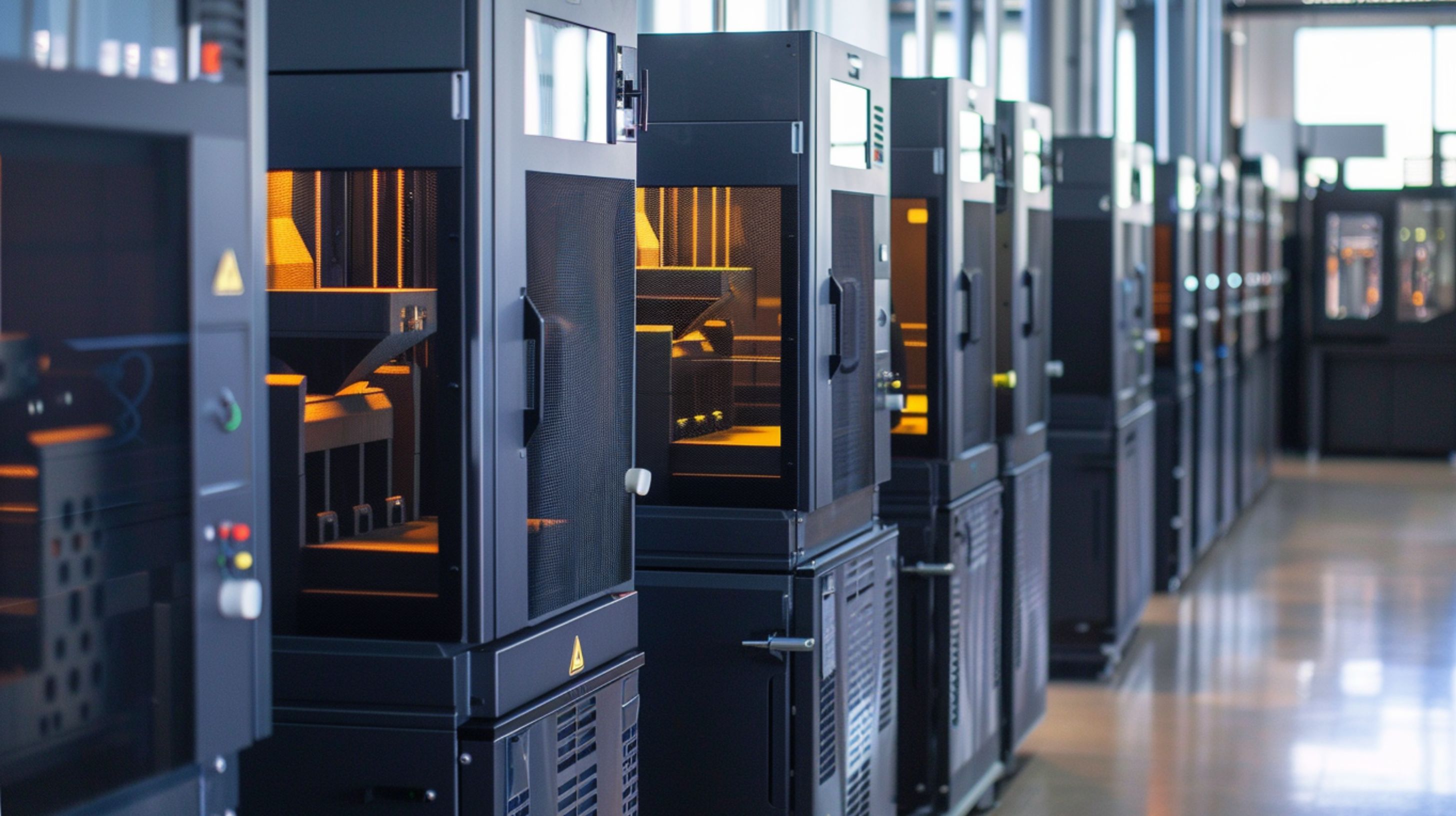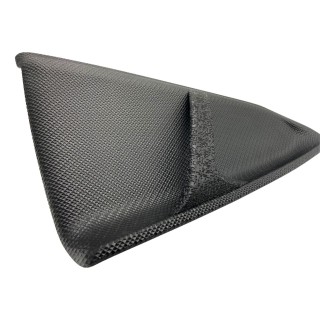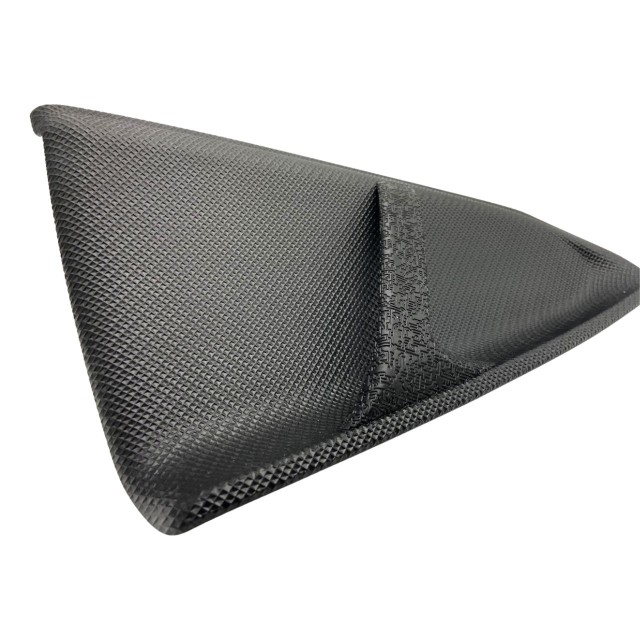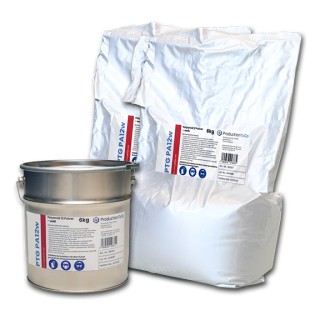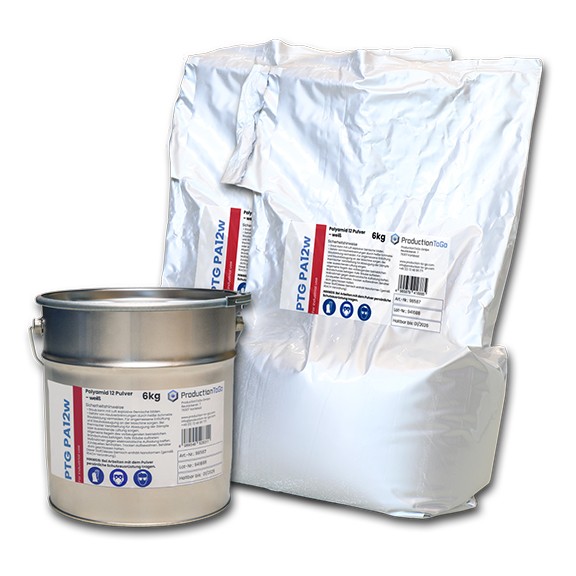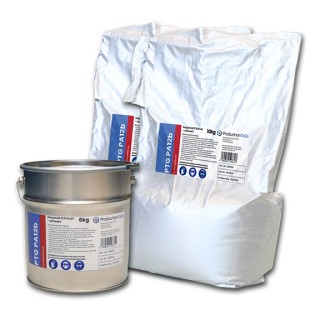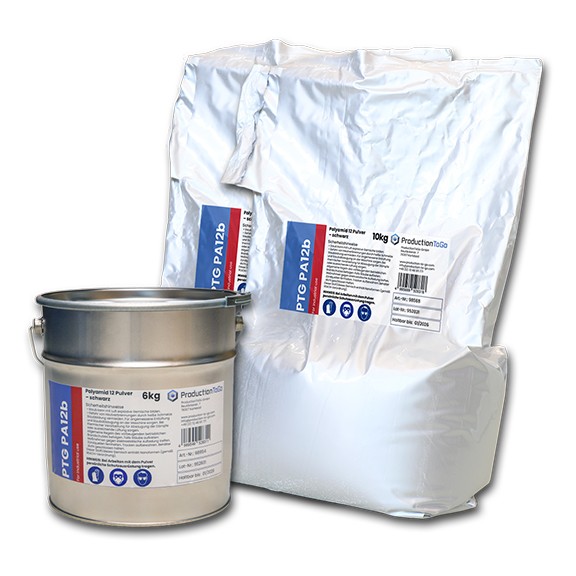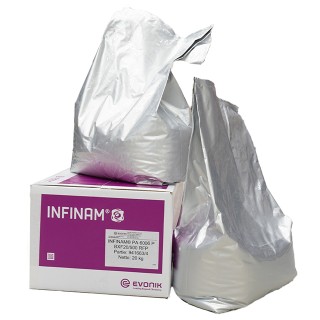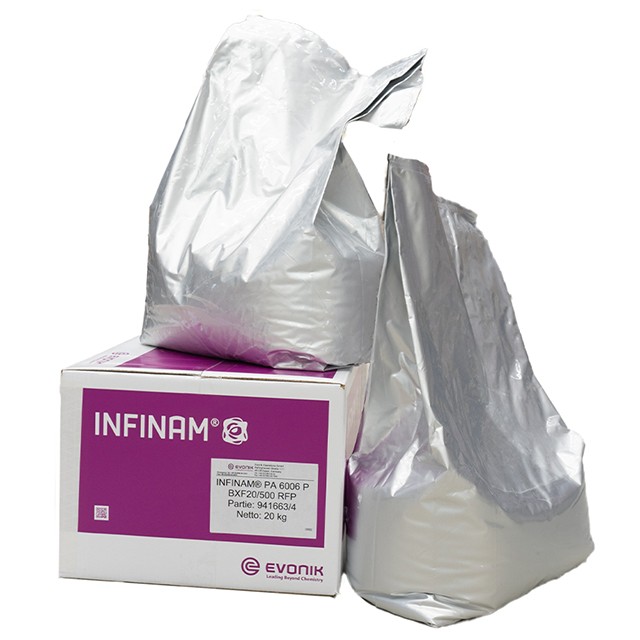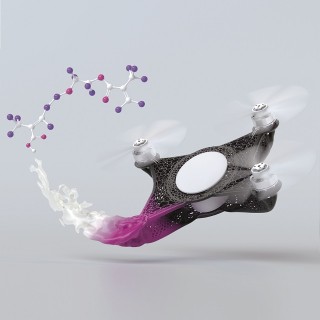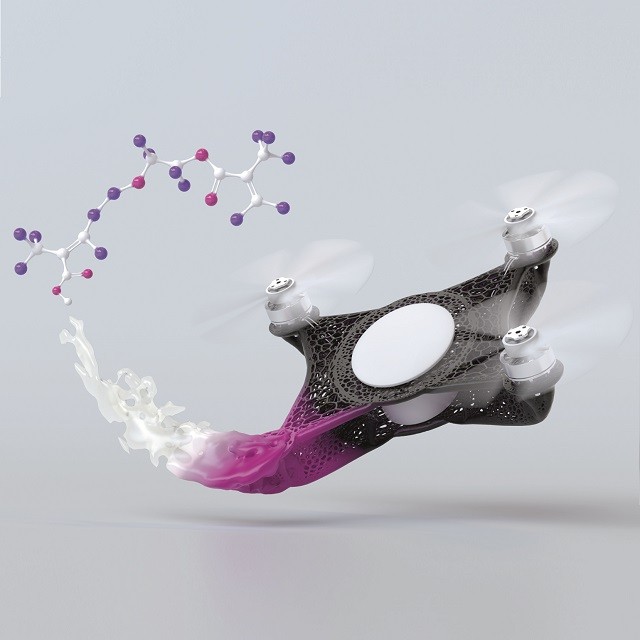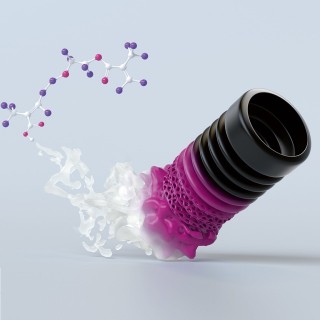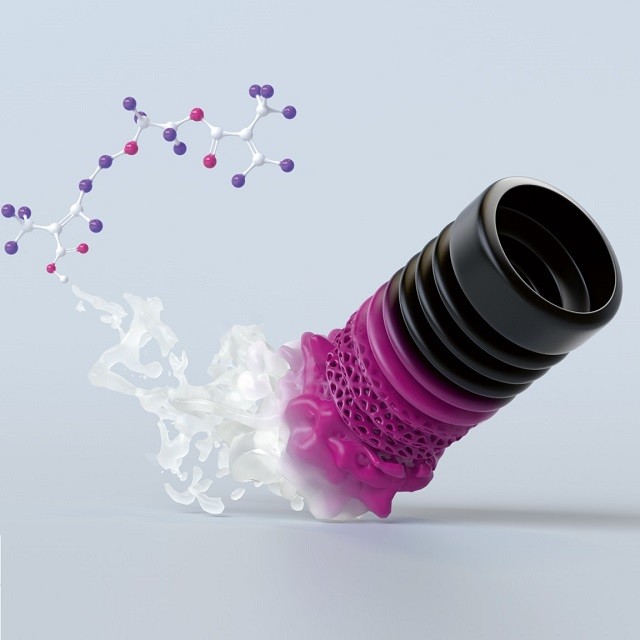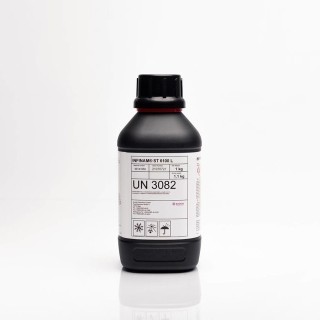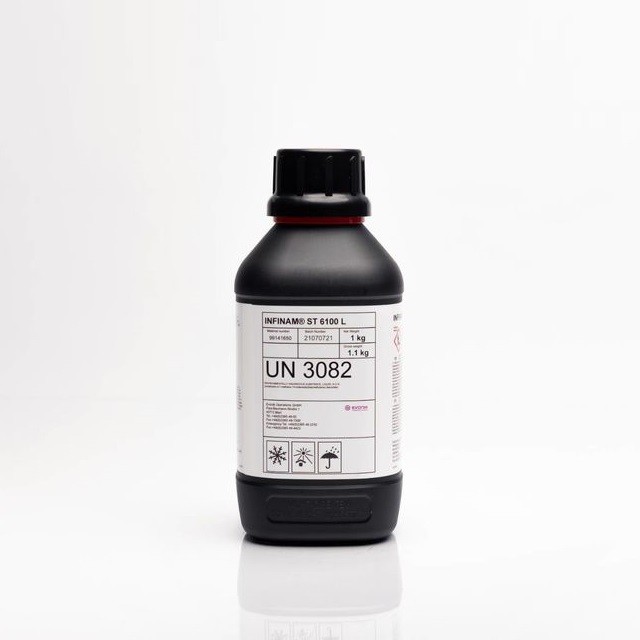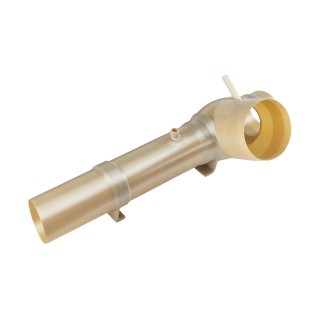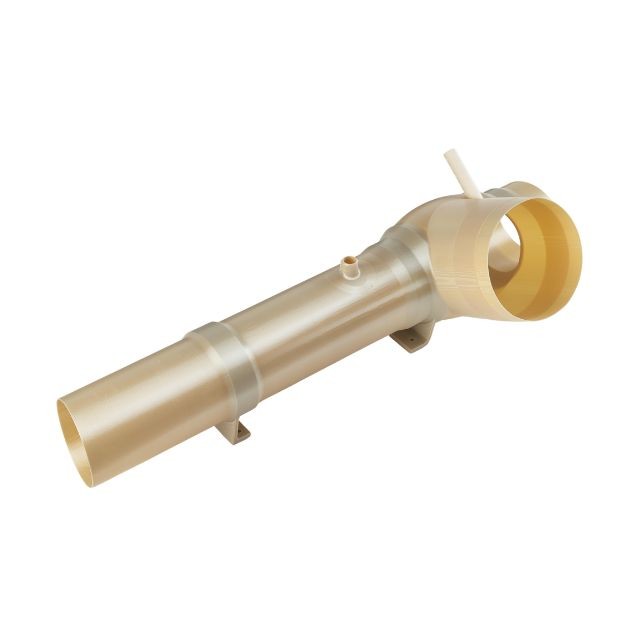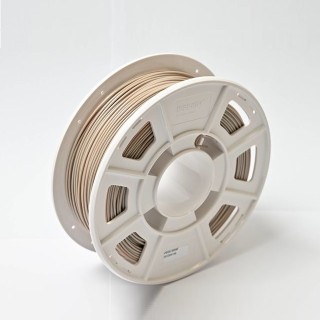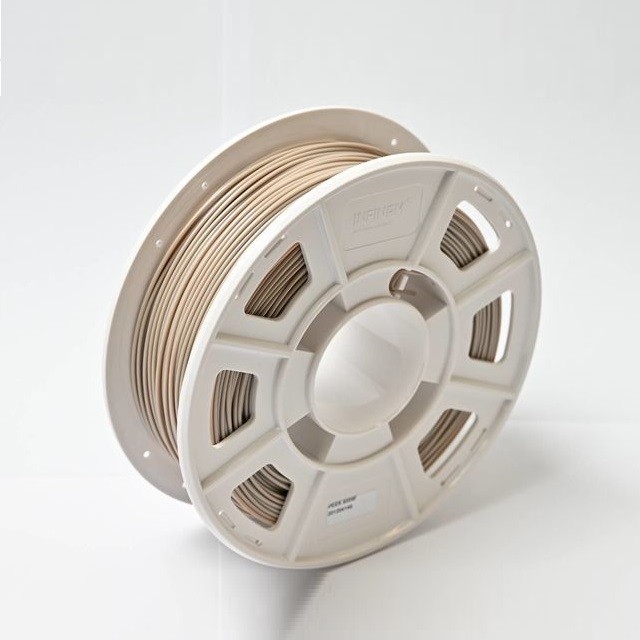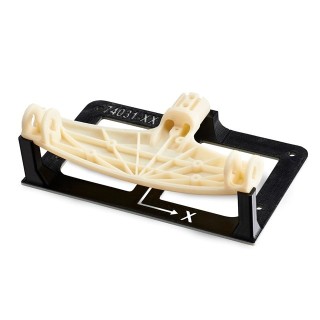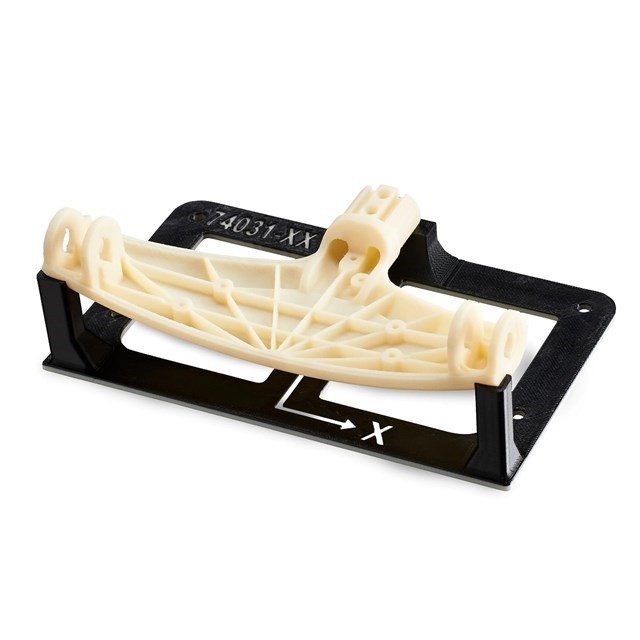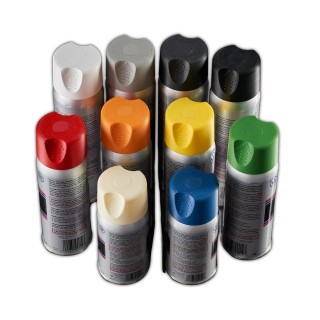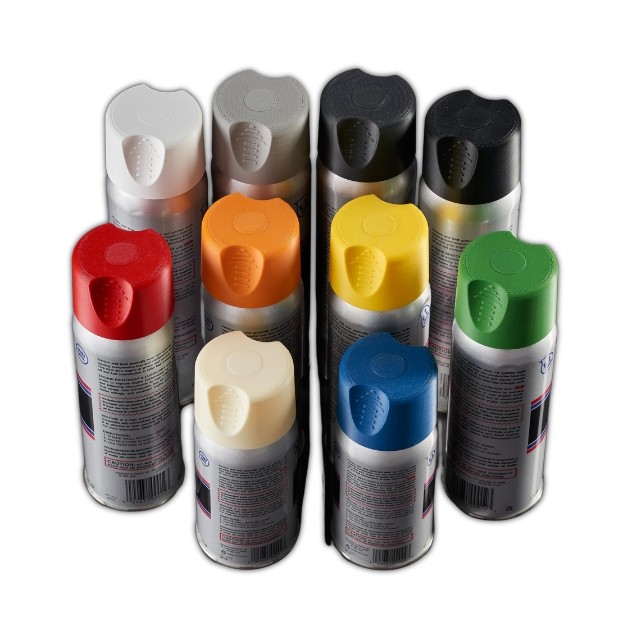What does serial manufacturing mean?
Serial manufacturing is the process of creating goods or components in a continuous, sequential, and consistent manner. It refers to the systematic and recurring manufacture of identical or similar objects in a series or sequence. This method is distinguished by the use of established production lines, permanent tooling sets, and standardised processes to achieve efficiency and uniformity. Serial manufacturing is frequently connected with large-scale production runs, in which the emphasis is on producing a huge number of things to satisfy market demand. This differs from more personalised or one-off production methods and is a major aspect of mass production in a variety of industries.
What important characteristics should be present when undergoing serial manufacturing?

Standardised Processes and Quality Control
Serial manufacturing uses standardised and repeatable methods to provide consistent output over huge numbers. Established procedures and workflows improve efficiency and quality control. This guarantees that each item produced complies with the set standards and quality requirements.

Sequential and Continuous Production
Serial manufacturing refers to the consecutive and continuous production of things along predefined production lines. This systematic strategy ensures a consistent flow of commodities, improving production efficiency.

Cost Benefits
Series production minimizes various types of costs per part. For example, larger quantities of materials can be purchased to take advantage of volume discounts and machine changeover times can be shortened.

High Production Volume
Serial manufacturing is defined by its ability to manage large production volumes. This is critical for addressing market demand for extensively consumed products where mass production is cost effective.
What are the benefits of 3D printing for serial manufacturing?
Design Flexibility and Customization
In serial manufacturing, 3D printing provides unrivalled design flexibility and customisation. Manufacturers can build complicated geometries and detailed designs without being limited by standard manufacturing methods. This flexibility is especially useful for producing customised or specialised components fitted to unique market demands, increasing the overall adaptability of manufacturing processes.
Reduced Tooling Costs and Lead Time
One of the main advantages of 3D printing in series production is the significant reduction in tooling costs and lead times. Unlike traditional manufacturing methods, which can require costly molds or tooling, 3D printing eliminates these upfront costs. This not only saves money, but also enables faster production lead times, making it an attractive alternative for on-demand or customized small batch production.
Complex Assembly and Lightweight Structures
The additive nature of 3D printing allows for the creation of complicated assemblies as a single, integrated piece, eliminating the requirement for multiple component assembly. Furthermore, 3D printing enables the fabrication of lightweight structures, which contributes to improvements in areas that require weight reduction, such as aerospace and automobile manufacture.
Print-on-demand
Printing on demand enables manufacturers to generate components or goods in real time, reducing the need for vast inventories and storage costs. Businesses can smoothly shift from design to manufacture thanks to 3D printing's quick prototype and production capabilities, which reduce lead times and improve overall operational efficiency. Printing on demand helps companies align with sustainability goals.
What are the industry applications of serial manufacturing in 3D printing?
Automotive Manufacturing
In the car sector, 3D printing is increasingly being used for serial manufacture of components ranging from interior pieces to engine parts. The ability to create lightweight, complex structures, as well as the simplicity of customization, are well-suited to the industry's changing demands for efficiency and innovation.
Medical Device Production
3D printing is making tremendous progress in serial manufacturing for the medical industry. Customised implants, prosthetics, and patient-specific medical equipment can be made efficiently to meet the unique demands of each patient. The technology enables the mass manufacture of medical components with various standards.
Consumer Products and Electronics
Serial manufacturing of consumer items and electronics benefits from 3D printing's capacity to rapidly manufacture prototypes and working pieces. Customization and rapid adaptation to changing consumer trends are made easier, allowing manufacturers to remain adaptable in competitive markets.
Aerospace Industry
The aircraft industry uses 3D printing for serial manufacture of components such as turbine blades, brackets, and intricate structural pieces. The technology's capacity to make lightweight but strong components is consistent with the industry's desire for fuel efficiency and performance enhancement.
What materials do we recommend for serial manufacturing using 3D printing?
Somos® WaterShed® Black from Stratasys® - Printed on the Stratasys® Neo®800
Somos® WaterShed® Black, a stereolithography resin, has identical qualities and processing to Somos® WaterShed® XC 11122. It produces hard, durable parts in a true black colour without painting.
Somos® WaterShed® Black's enhanced formulation allows for up to 50% faster processing than competing black SL materials, requiring less finishing and providing more uniform processing over time. Somos® WaterShed® Black also has excellent moisture and chemical resistance making it perfect for serial manufacturing among many other things.
The Stratasys® Neo®800 is ideal for those who need large high-definition prototypes for their applications. Using such a machine to print the Somos® WaterShed® Black from Stratasys® allows you to quickly produce large-format SD and HD parts with fine resolution and intricate, small details.
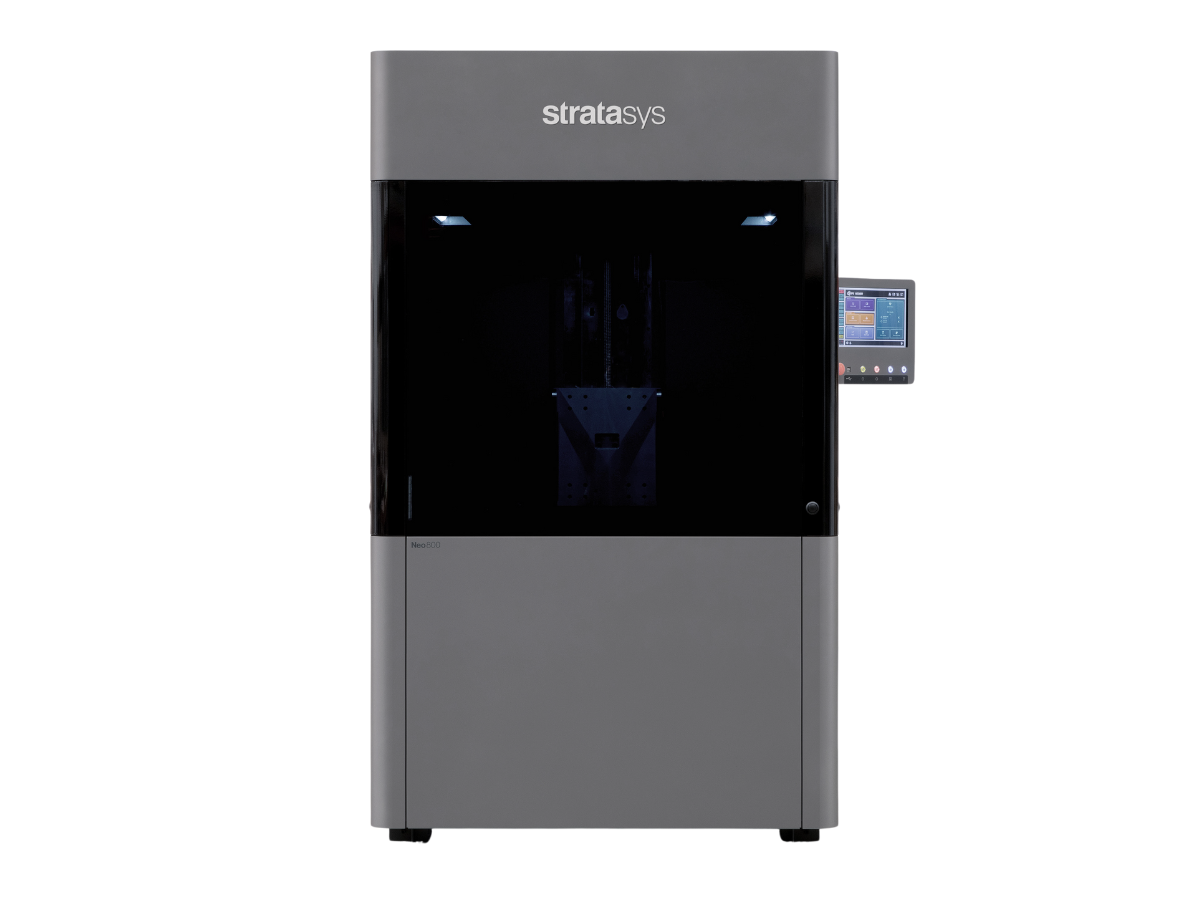
Neo®800

Have your components 3D printed now! Do you have any questions? Contact our experts!
PTG PA12 from ProductionToGo - Printed on the Nexa3D® QLS 820
PTG PA12 is a high-performance polymer with superior detail fineness and surface resolution. It also has excellent mechanical qualities and resistance to a variety of chemicals.
The PTG PA12 can be used for serial manufacturing and even for the production of medical devices with temporary physical contact.
A variety of printers, including the powder 3D printers of Nexa3D® such as the QLS 230, QLS 236, QLS 260, QLS 820, and the Stratasys® H350, can print this material with precision without the use of supports, allowing you to design products with complicated structures.
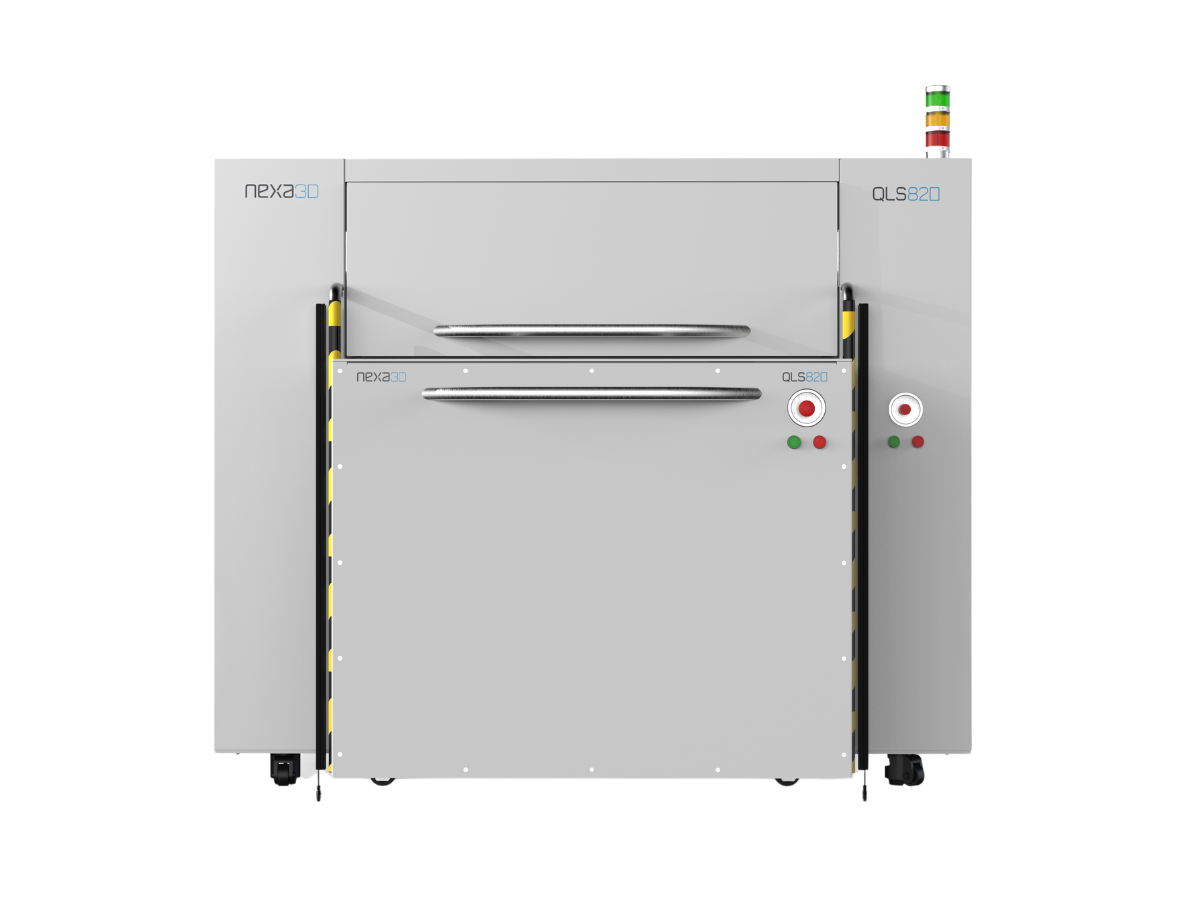
QLS 820
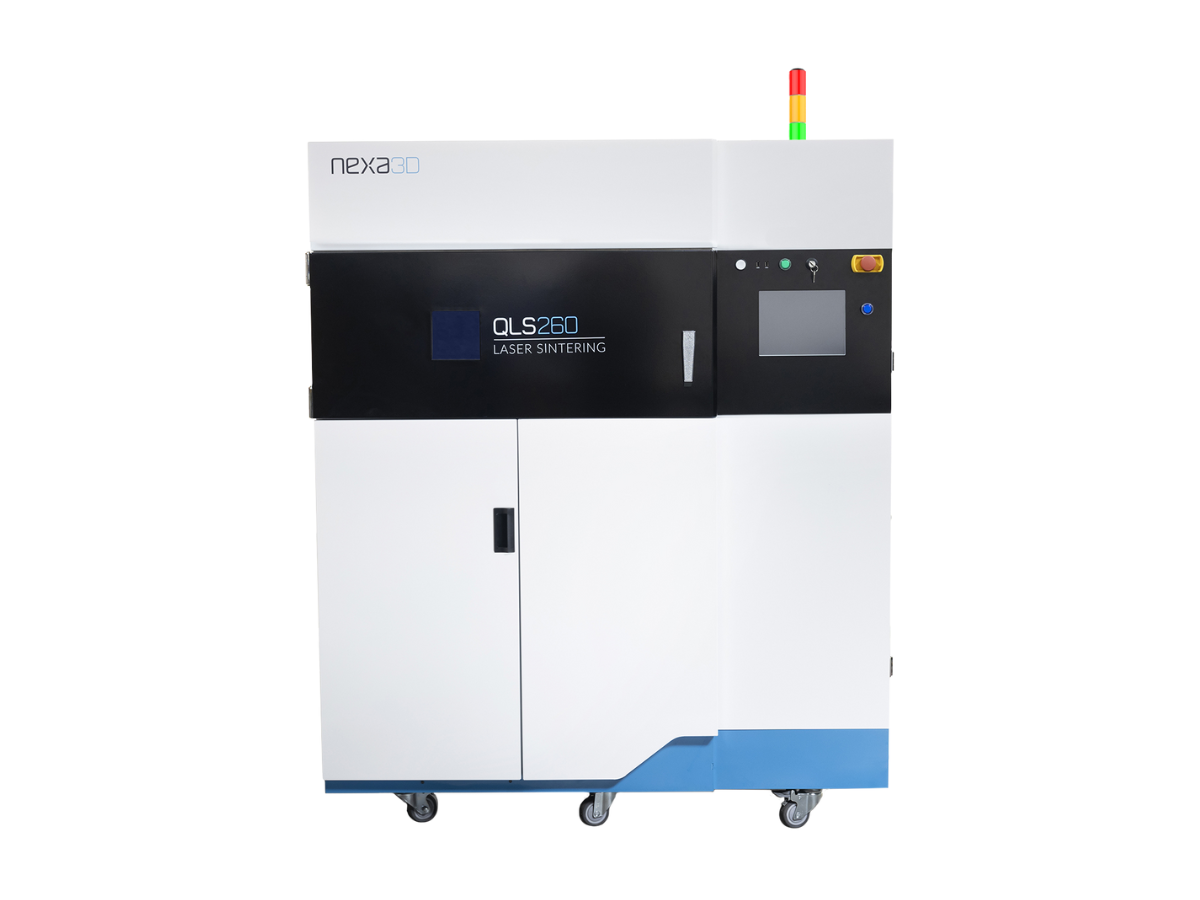
QLS 260
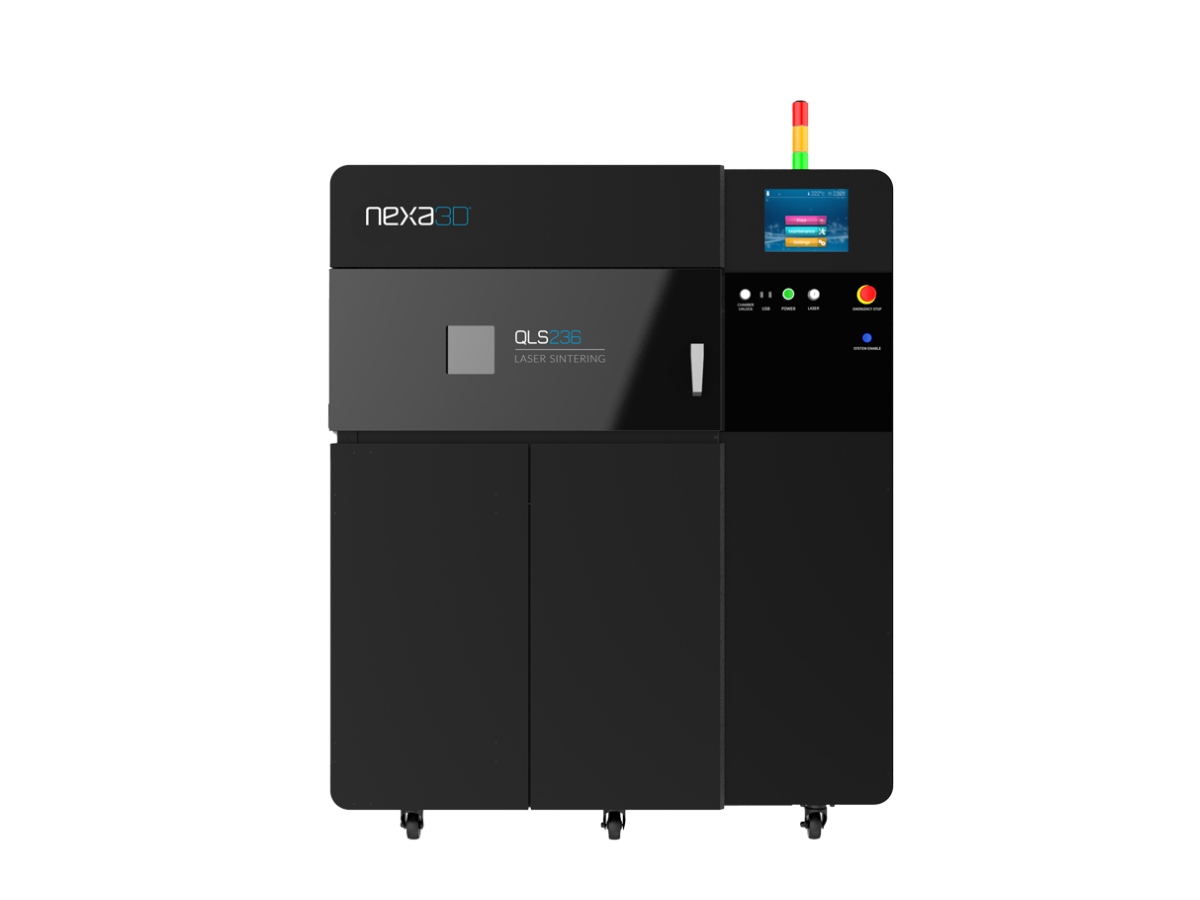
QLS 236
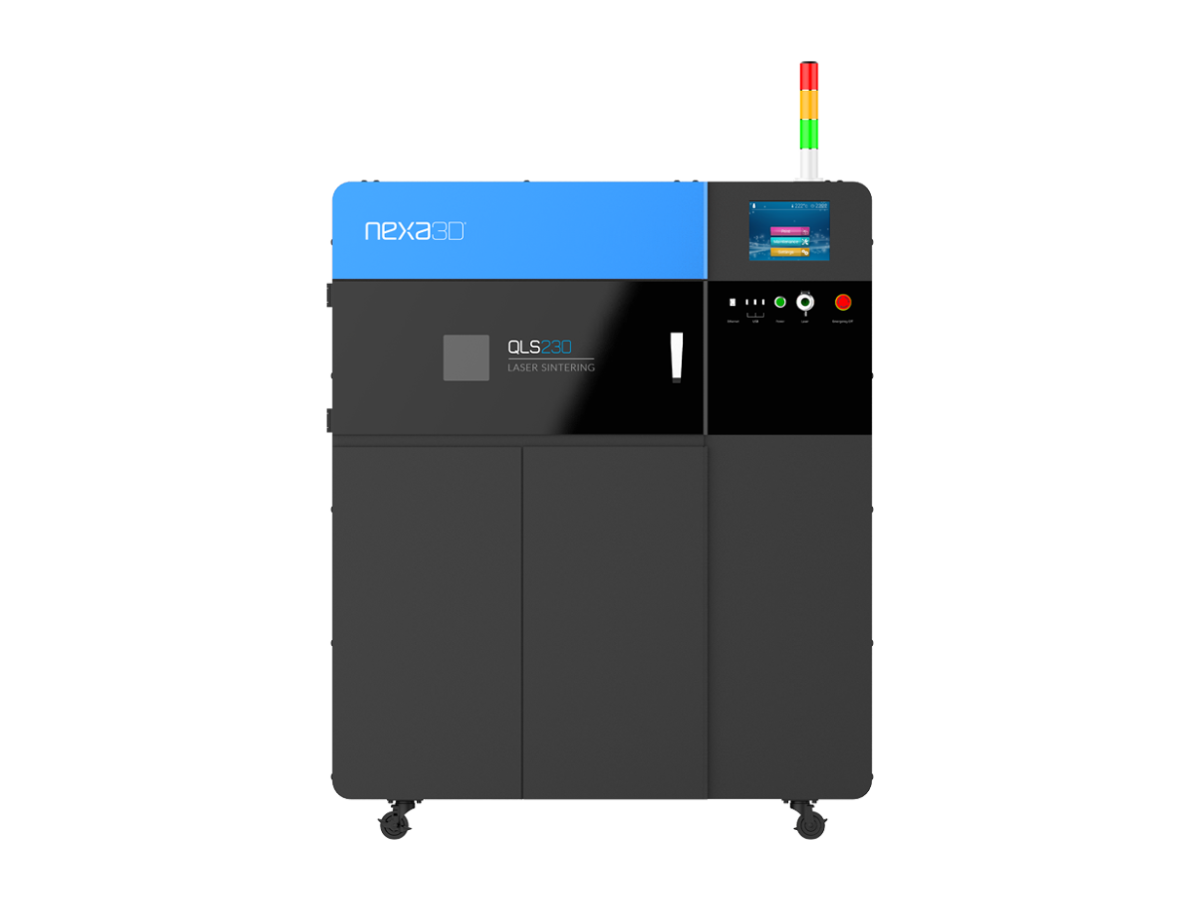
QLS 230
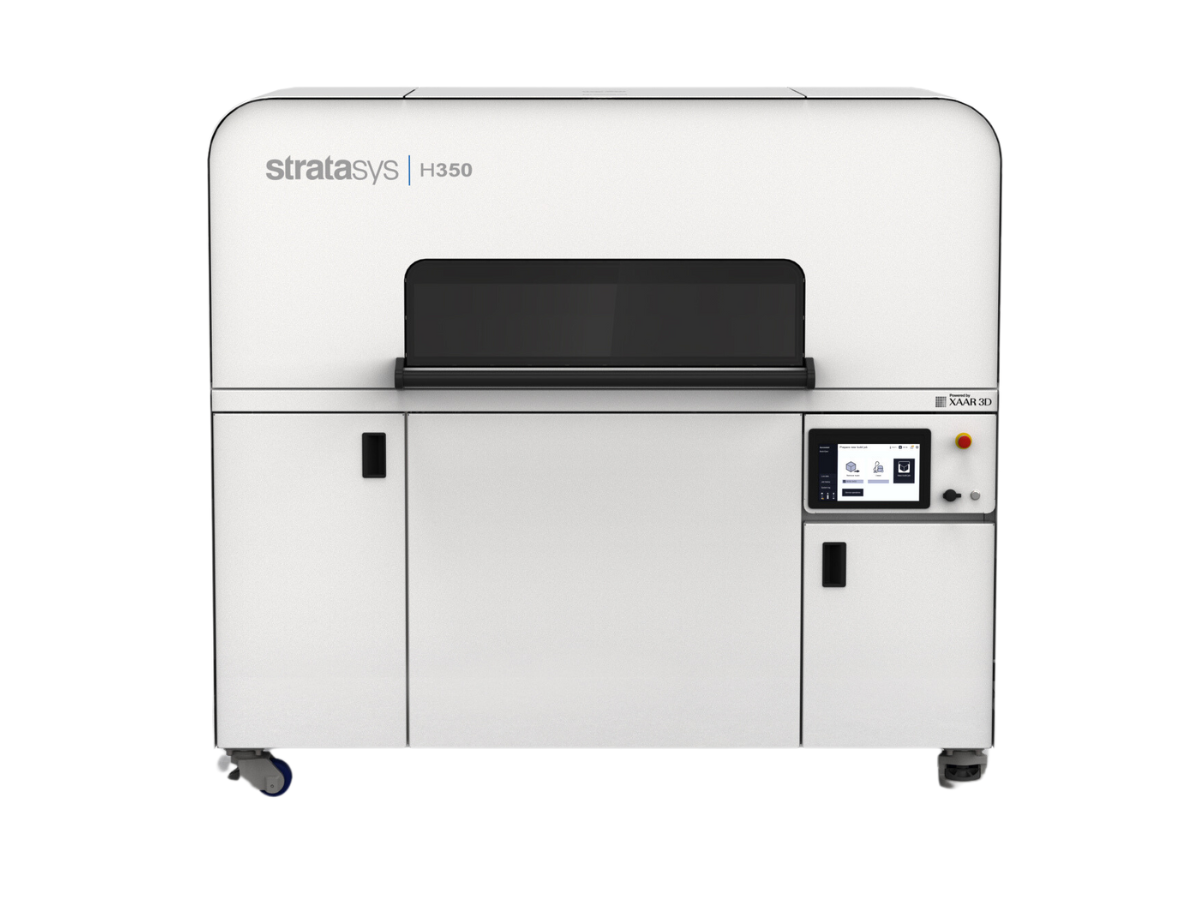
H350™

Have your components 3D printed now! Do you have any questions? Contact our experts!
INFINAM® PA 6006 P from Evonik - Printed on the Nexa3D® QLS 820
INFINAM® PA 6006 P is a polyamide 12 filled with glass beads from the German industrial giant Evonik. It has above-average rigidity and excellent detail fineness. The combination of polyamide 12 and glass beads not only maximises rigidity but also surface resolution and virtually eliminates component shrinkage.
INFINAM® PA 6006 P can be used for a wide range of applications. INFINAM® PA 6006 P is also versatile in terms of production types - everything is possible, from one-offs to series production.
A variety of printers, including the powder 3D printers of Nexa3D® such as the QLS 230, QLS 236, QLS 260 and the QLS 820 can print this material with precision without the use of supports, allowing you to design products with complicated structures.

QLS 820

QLS 260

QLS 236

QLS 230

Have your components 3D printed now! Do you have any questions? Contact our experts!
INFINAM® RG 3101 L from Evonik - Printed on the Nexa3D® XiP Pro
INFINAM® RG 3101 L is a black, low-viscosity photopolymer that cures quickly and is very easy to process. The ready-to-use material combines excellent impact strength with high temperature resistance and exhibits long-lasting thermomechanical performance.
This photopolymer can be exposed to strong forces due to its high breaking strength. It can replace some of the engineering plastics produced by traditional processes and is perfect for serial manufacturing among many other things.
The XiP Pro printer from Nexa3D® is one of the ultra-fast resin 3D printers that can utilise the INFINAM® RG 3101 L resin best. The unique LSPc® technology of Nexa3D® allows for the rapid manufacture of products for end-use with high resolution in a matter of hours.
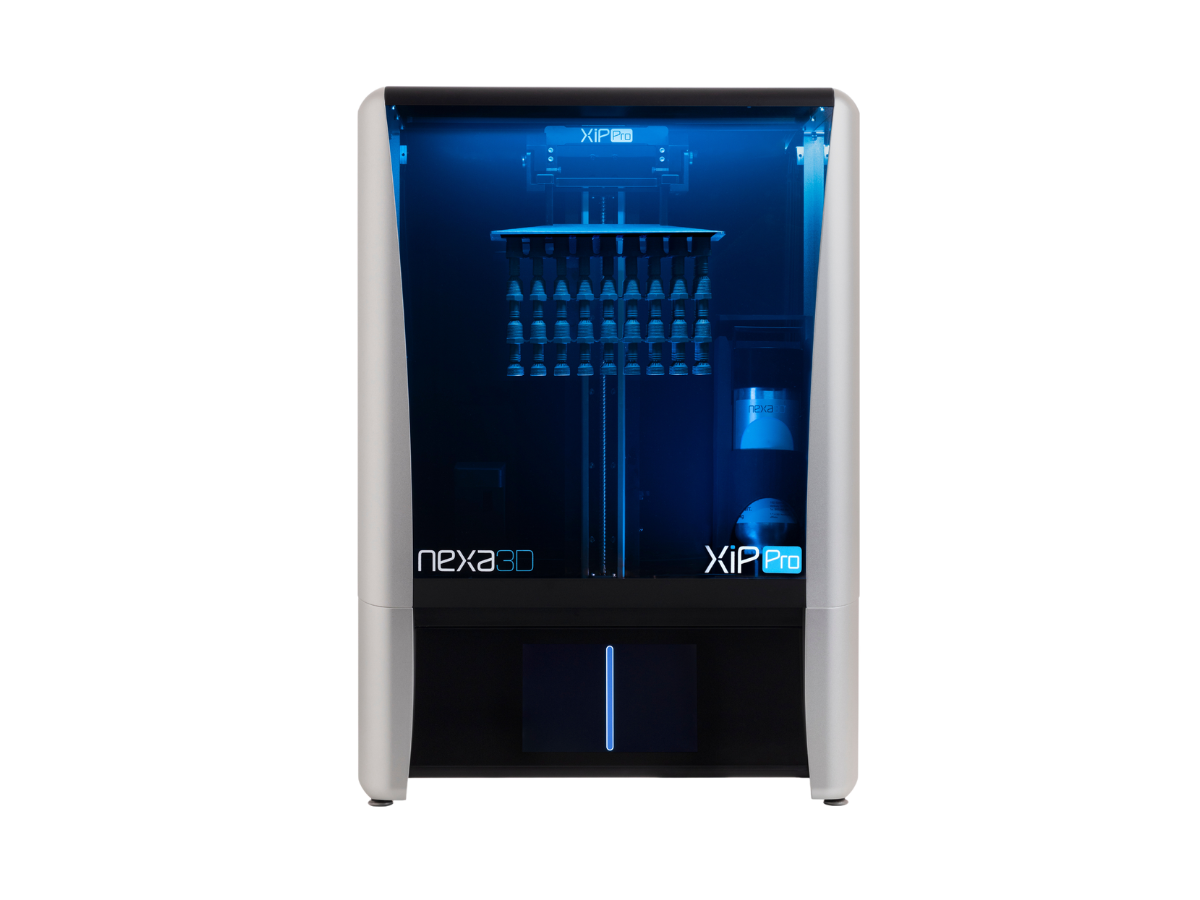
XiP Pro

Have your components 3D printed now! Do you have any questions? Contact our experts!
INFINAM® RG 7100 L from Evonik - Printed on the Nexa3D® XiP Pro
INFINAM® RG 7100 L was specially developed for DLP printers and enables the production of parts with isotropic properties and low moisture absorption. The mechanical properties are comparable to those of an ABS material and the black colored formulation can also be used on high throughput printer systems.
Printed parts have fine features and smooth and glossy surfaces, making the new photopolymer ideal for sophisticated design visualizations and for use in serial manufacturing.
The XiP Pro printer from Nexa3D® is one of the ultra-fast resin 3D printers that can utilise the INFINAM® RG 7100 L resin best. The unique LSPc® technology of Nexa3D® allows for the rapid manufacture of products for end-use with high resolution in a matter of hours.

XiP Pro

Have your components 3D printed now! Do you have any questions? Contact our experts!
INFINAM® ST 6100 L from Evonik - Printed on the Nexa3D® XiP Pro
INFINAM® ST 6100 L is a high-performance material that unlocks the potential of large-scale additive manufacturing. INFINAM® ST6100 L sets new standards in the high-strength photopolymer resin category with a combined tensile strength of 89 MPa, flexural stress of 145 MPa and HDT of 120 °C, closing the material gap in ultra-high-strength photopolymers.
These special material properties make INFINAM® ST 6100 L the material of choice for applications requiring high temperature resistance combined with high mechanical strength.
The XiP Pro printer from Nexa3D® is one of the ultra-fast resin 3D printers that can utilise the INFINAM® ST 6100 L resin best. The unique LSPc® technology of Nexa3D® allows for the rapid manufacture of products for end-use with high resolution in a matter of hours.

XiP Pro

Have your components 3D printed now! Do you have any questions? Contact our experts!
ULTEM™ 9085 from Stratasys® - Printed on the Stratasys® Fortus® 450mc
ULTEM™ 9085 filament is a high-performance thermoplastic with exceptional physical and mechanical qualities, ideal for high-demand and specialist applications. It is one of the strongest Stratasys® FDM materials, and its high strength-to-weight ratio makes it ideal for high-strength, low-weight mass-produced applications.
ULTEM™ 9085 filament has strong impact resistance, excellent chemical tolerance, and meets various industry standards for flame, smoke, and toxicity.
The Fortus® 450mc provides precise, dependable performance that lets you save production costs. Its proven reliability and capability to use the ULTEM™ 9085 makes it a trusted 3D printing solution for manufacturers in the aerospace, automotive, rail, oil and gas, and commercial products industries.
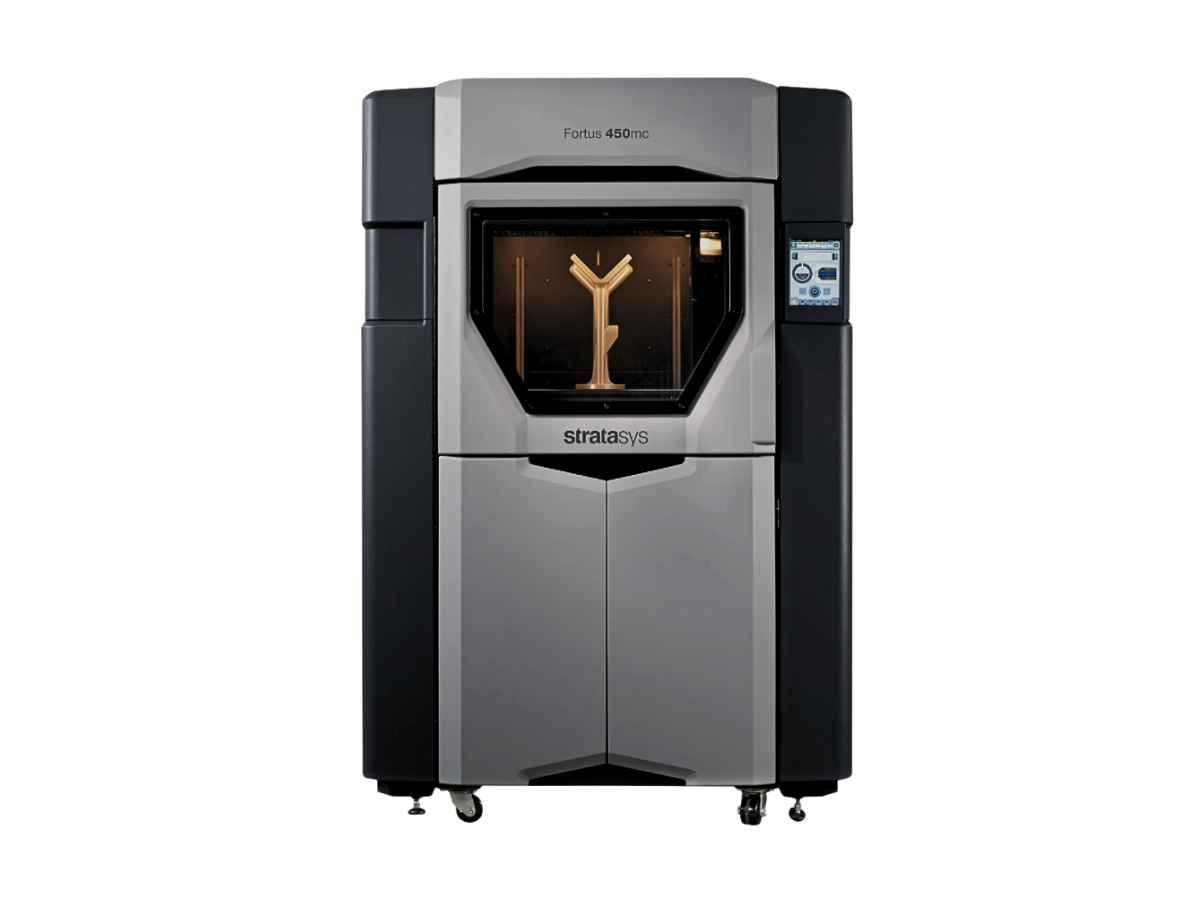
Fortus® 450mc

Have your components 3D printed now! Do you have any questions? Contact our experts!
INFINAM® PEEK from Evonik - Printed on the Roboze ARGO 500
One of the distinguishing features of the INFINAM® PEEK filament is its great temperature resistance, which makes it ideal for printing items that must endure extreme temperatures.
With a glass transition temperature of 152 °C, this material can endure long-term temperatures of up to 250 °C and short-term temperatures of up to 300 °C, allowing for the fabrication of parts suitable for use in hostile environments. PEEK filament is also extremely resistant to most organic and inorganic compounds, dissolving only in intense sulfuric and nitric acid.
The Roboze ARGO 500 is a high-temperature industrial 3D printer from the Italian manufacturer Roboze that has an extruder capable of reaching 450°C and build envelope that heats up to 180°C. The ARGO 500 is compatible with the INFINAM® PEEK from Evonik and can create large-format parts for serial production with a 10 µm positioning accuracy with consistent repeatability.
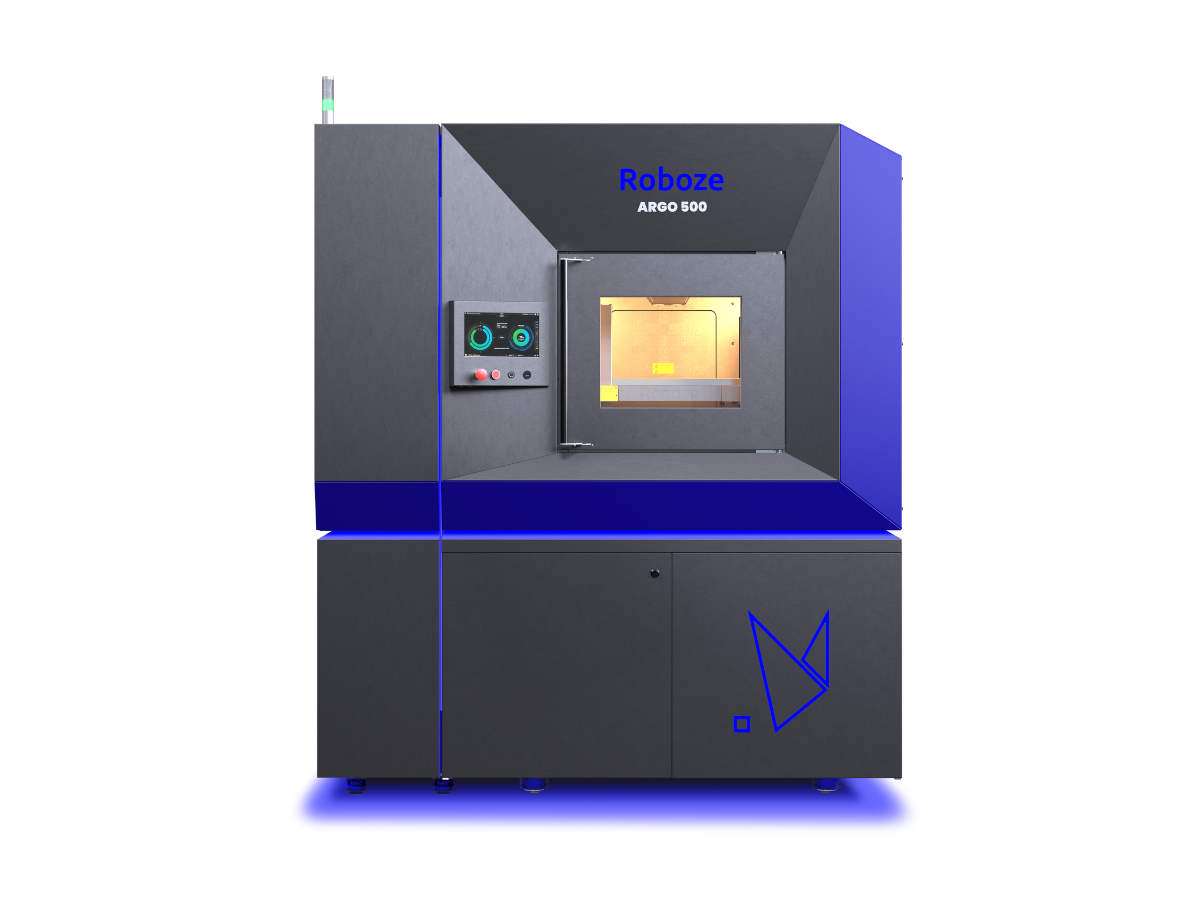
ARGO 500

Have your components 3D printed now! Do you have any questions? Contact our experts!
ABS-M30 from Stratasys® - Printed on the Stratasys® F770
ABS-M30 introduces the familiarity and versatility of ABS (acrylonitrile butadiene styrene) to the FDM 3D printing plastics range. It is an excellent material for a variety of applications such as form and fit testing, functional prototyping and serial manufacturing.
ABS-M30 is distinguished by its strength and toughness while remaining lightweight and robust. ABS-M30 is the best choice for general-purpose 3D printing due to its usability and cost-effectiveness.
The F770 FDM 3D printer has one of the largest print volumes among the Stratasys® FDM systems. This printer combined with the ABS-M30 filament from Stratasys® lets you create massive parts or vast collections of smaller parts with the requirements you need.
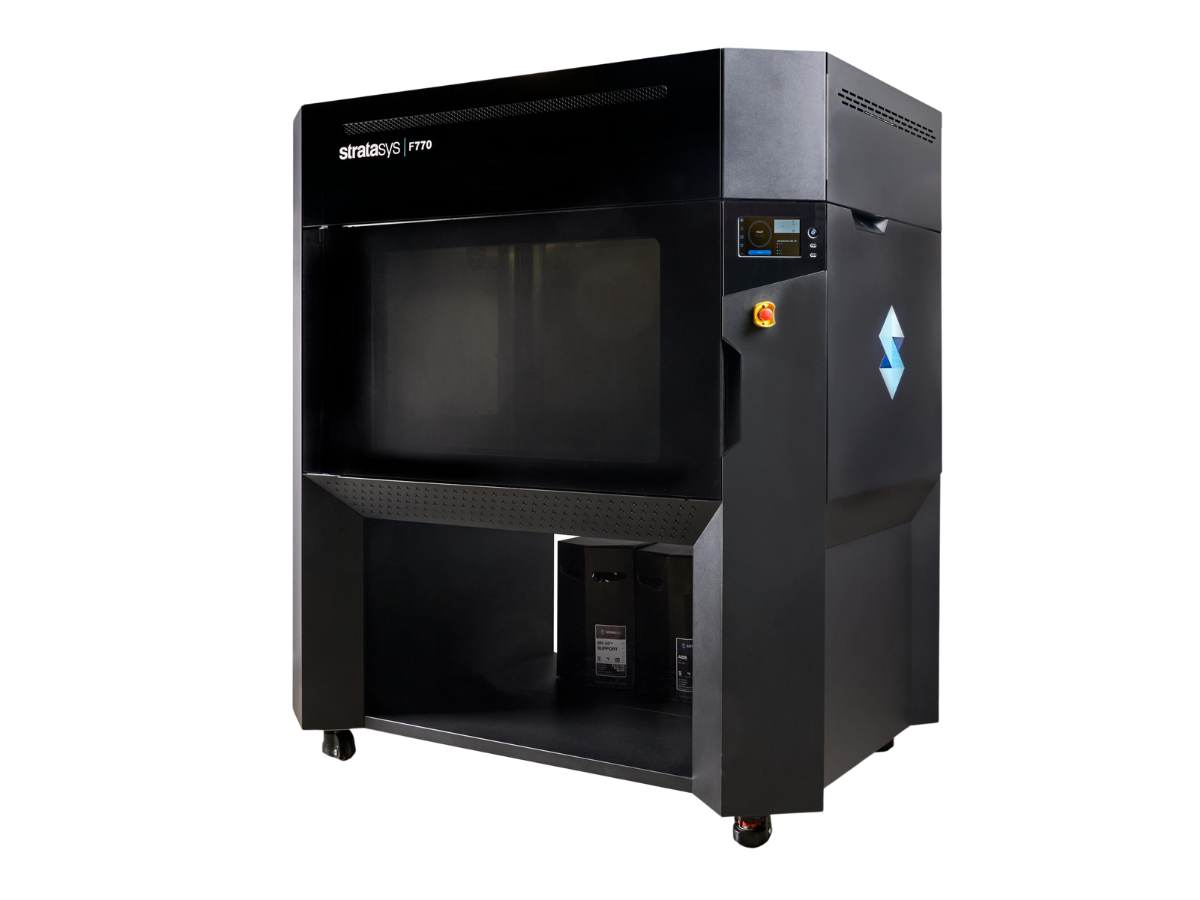
F770™

Have your components 3D printed now! Do you have any questions? Contact our experts!
ASA from Stratasys® - Printed on the Stratasys® F770
ASA filament (acrylonitrile styrene acrylate) is the ideal all-purpose 3D printing thermoplastic, suited for a wide range of applications. It has the same chemical makeup as ABS plastic but has three advantages: greater mechanical qualities, higher aesthetics, and UV resistance.
ASA material is also available in ten colours, more than any other FDM material and is perfect for serial manufacturing and prototyping among many other applications.
The F770 FDM 3D printer offers one of the biggest print volumes among all Stratasys FDM systems. This printer, when combined with Stratasys® ASA filament, allows you to manufacture large parts or vast collections of smaller parts that meet your specific requirements.

F770™



